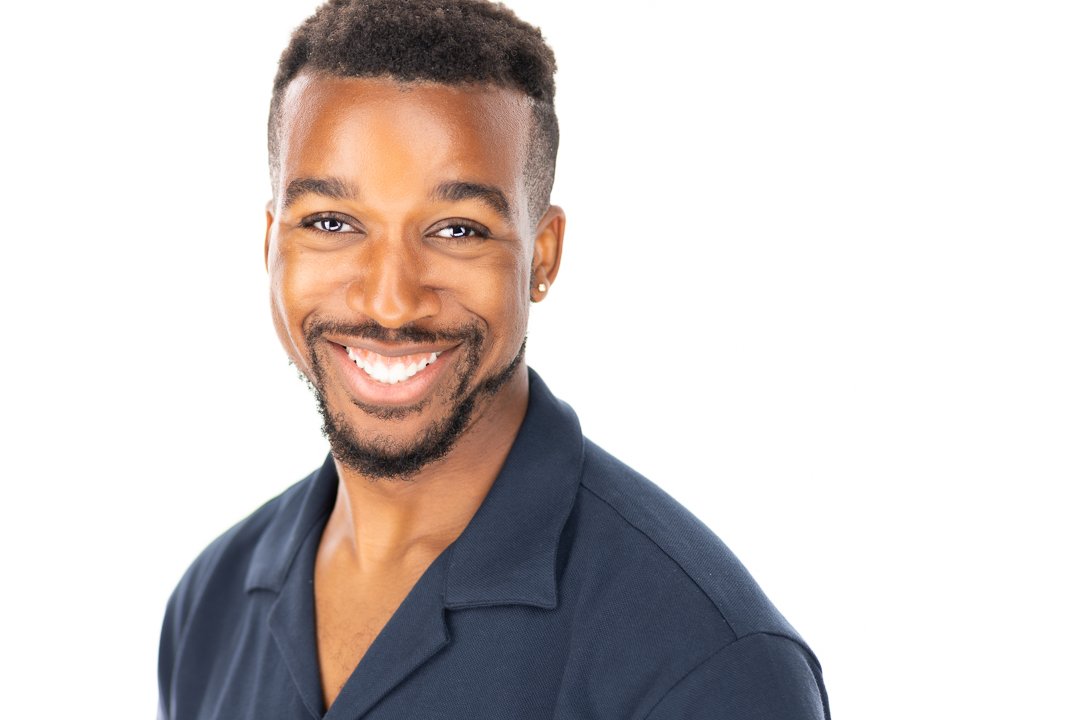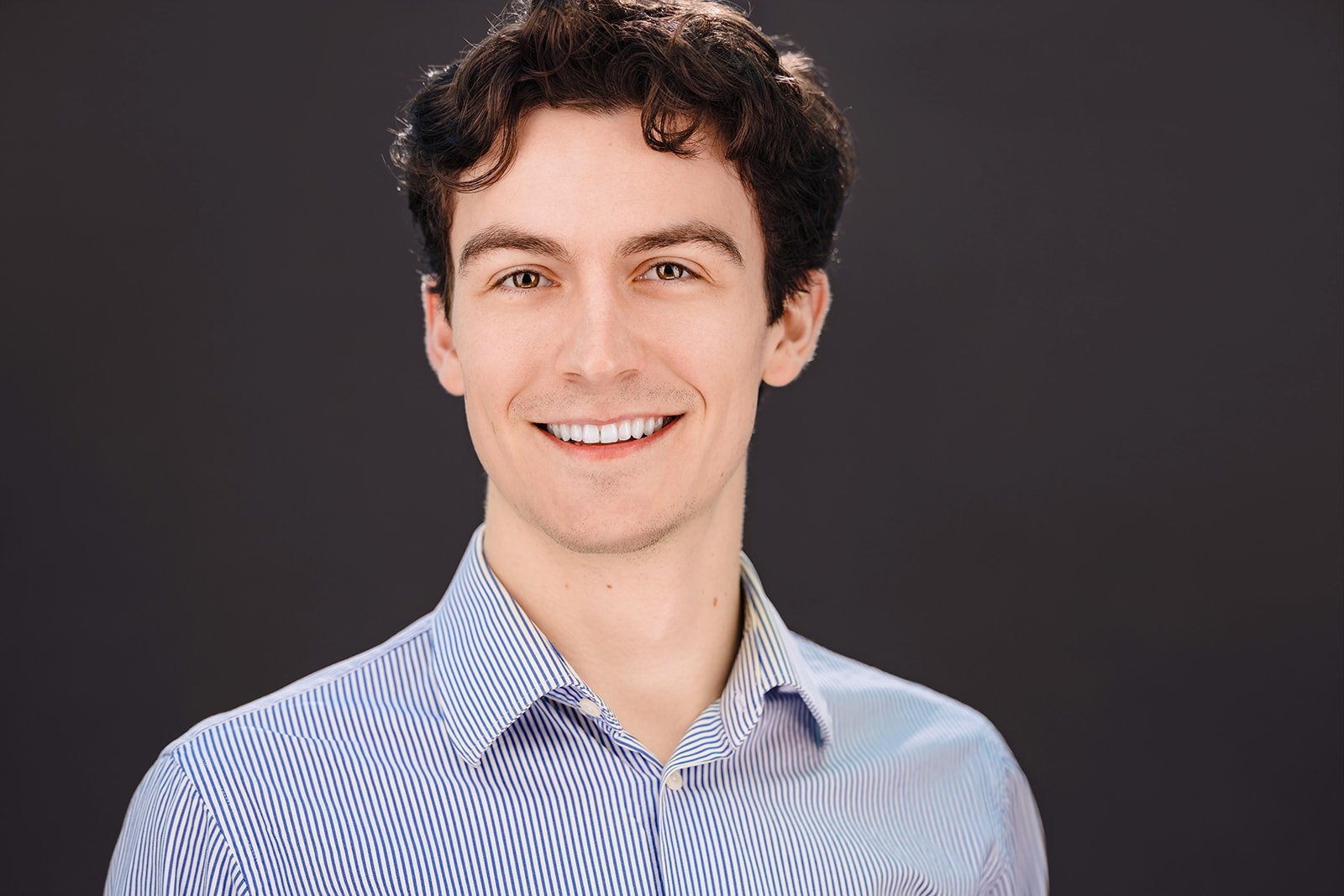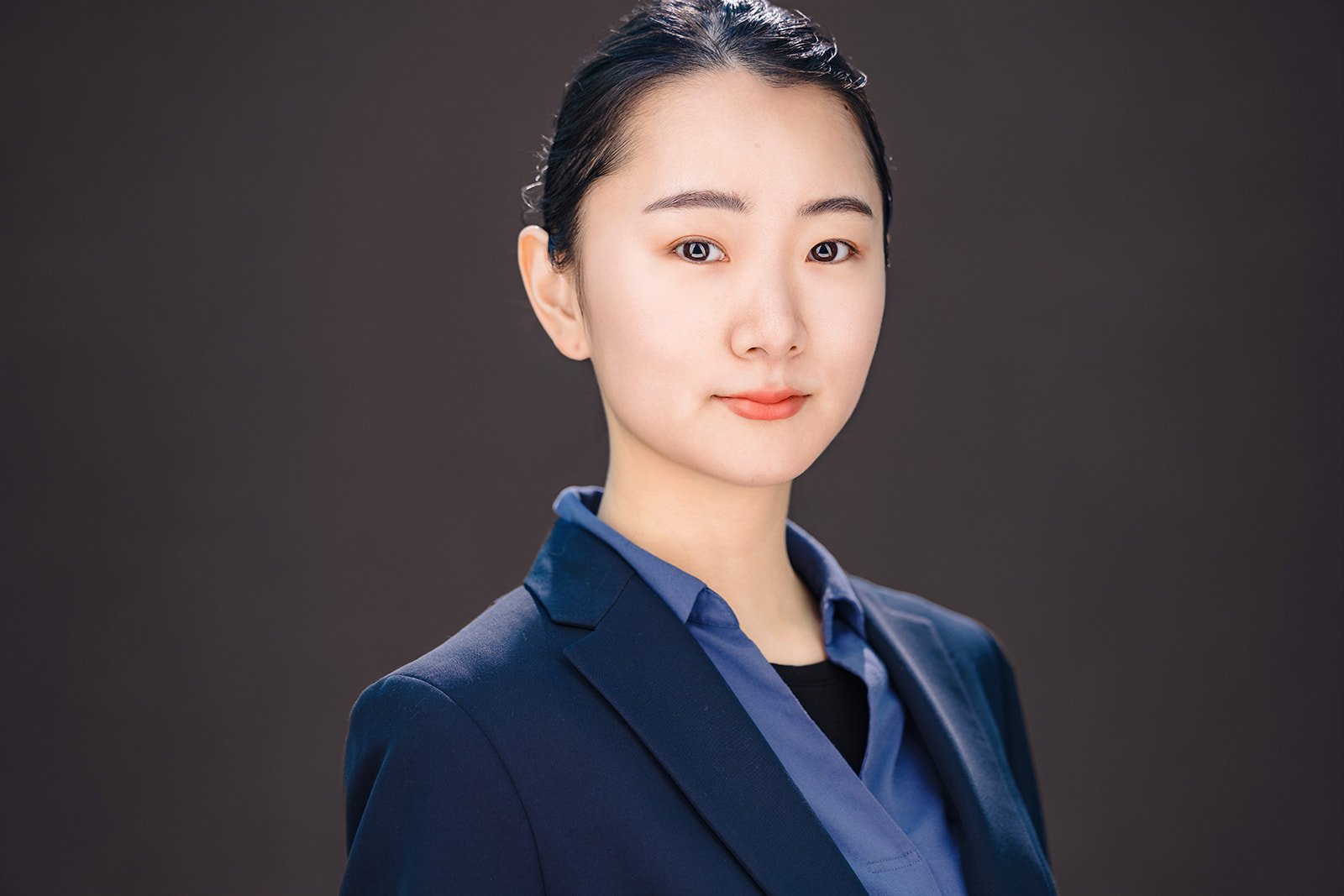What to Wear for My Headshot: Essential Style and Preparation Guide
August 8th, 2025

A headshot is often the first impression someone makes in a professional or creative setting. Clothing plays a key role in how polished and approachable that impression feels. The best choice is an outfit that fits well, reflects personal style, and does not distract from the face.
The right outfit should align with the purpose of the headshot, whether it’s for a corporate profile, acting portfolio, or personal branding. Clean lines, solid colors, and simple details often work best because they keep the focus on expression and eyes. Small choices, like avoiding busy patterns or overly bright colors, can make a noticeable difference.
Beyond the outfit itself, color selection, subtle accessories, and preparation before the session all contribute to a professional result. By understanding how each element works together, anyone can step in front of the camera with confidence and look their best.

Choosing the Right Outfit for Your Headshot
The clothing choice for a headshot should match the purpose of the image, fit well, and work with the lighting and background. Colors, necklines, and layers can influence how professional and approachable someone appears in the final photo.
Professional vs. Creative Styles
For corporate headshots or business profiles, solid colors and classic cuts work best. Neutral tones like navy, charcoal, black, and white give a polished look. Subtle patterns can be fine, but avoid busy prints or large logos that distract from the face.
In creative industries, there is more flexibility. Actors, designers, and freelancers may choose brighter colors or unique textures to express personality. However, the outfit should still be neat and free from wrinkles.
A good approach is to match the style to the industry and audience.
Fit and Comfort Considerations
Clothing should fit well without being too tight or too loose. A poor fit can make a person look less confident in the photo. Tailored shirts, blouses, and jackets help maintain clean lines.
Comfort matters because an uncomfortable outfit can affect posture and facial expression during the headshot session. If someone feels restricted, it may show in the final image.
It’s best to try on outfits in advance and move around to check comfort. Sitting, standing, and turning slightly should not cause the clothing to pull or bunch.
Appropriate Necklines and Layers
Necklines frame the face, so they should complement the person’s features. Crew necks work well for a casual look, while V-necks and collared shirts create a sharper, more professional style. Avoid very low necklines that may appear unbalanced in close-up shots.
Layers, such as blazers, cardigans, or light jackets, can add depth and structure to the image. They also provide options to adjust the look during the session.
When layering, keep colors coordinated and avoid bulky fabrics that add unnecessary volume. Simple, clean lines ensure the focus stays on the face rather than the clothing.
Selecting Colors and Patterns
The colors and patterns in clothing can change how a person looks in a headshot. They can influence skin tone appearance, facial focus, and how professional the image feels in corporate or business settings. Careful selection ensures the subject’s face remains the center of attention.
Best Colors for Different Skin Tones
Skin tone plays a major role in choosing clothing for a headshot. People with light or fair skin often look best in mid‑tone colors like soft blues, greens, or burgundy. These shades provide contrast without overpowering the face.
Those with medium or olive skin can wear a wider range of colors. Jewel tones such as emerald, sapphire, and deep purple often complement these tones well.
For deep skin tones, bold and rich colors like cobalt blue, gold, and vibrant reds can enhance features. Light pastels may also work if they contrast enough with the skin.
Neutral shades—such as charcoal, navy, and cream—tend to work well for most skin tones in corporate headshots because they look professional and don’t distract from facial expressions.
Color Psychology and First Impressions
Colors can affect how others perceive a person in a business headshot. Blue often signals trust and reliability, making it a common choice for corporate portraits. Gray conveys neutrality and professionalism without drawing too much attention.
Black can look formal and authoritative, but it may appear too harsh if lighting is not balanced. White can feel clean and fresh but risks washing out lighter skin tones.
Warm colors like red can suggest energy and confidence but should be used carefully to avoid overpowering the image. Green can feel balanced and approachable, especially in softer shades.
Matching color choices to the intended message—such as leadership, approachability, or creativity—helps reinforce personal branding in a headshot.
Patterns to Avoid for Headshots
In most professional headshots, solid colors work best because they keep the focus on the face. Busy patterns can pull attention away from expressions and make the image appear less polished.
Small, tight patterns like thin stripes or tiny checks can cause a visual effect called moiré on camera. This creates distracting wavy lines in the final image.
Large, bold prints can dominate the frame and date the photo quickly. Logos, unless part of a work uniform, should be avoided to keep the image timeless and versatile.
If texture is desired, subtle fabrics such as fine knits or light weaves can add depth without creating distraction. This approach works well for both corporate and creative business portraits.

Finishing Touches and Session Preparation
Small details can make a headshot look more professional and intentional. Clean grooming, well-chosen accessories, and colors that work with the background help ensure the focus stays on the subject’s face and expression. Careful preparation reduces the chance of distractions in the final image.
Grooming and Personal Care Tips
The subject should arrive at the headshot session with hair styled neatly and in a way they normally wear it. This helps the photo look authentic and recognizable. Any last-minute trims or color touch-ups should be done a few days before to avoid visible lines or irritation.
Skin should be clean and moisturized. Makeup, if worn, should be natural and matte to reduce shine under studio lights. Foundation should match skin tone closely, and products with glitter or shimmer should be avoided.
Facial hair should be well-groomed. Beards and mustaches should be trimmed evenly, and clean-shaven looks should be freshly maintained the morning of the session. Nails should be clean and tidy, even if they are not expected to be visible in the frame.
Accessorizing for a Polished Look
Accessories should be minimal so they do not compete with the subject’s face. Small stud earrings, a simple chain necklace, or a thin bracelet can add personality without distraction. Large or reflective jewelry can catch light and draw attention away from the eyes.
If glasses are worn daily, they should be included in the headshot for consistency. Lenses should be cleaned thoroughly, and if possible, anti-reflective coating can help reduce glare. Sunglasses should not be worn unless the headshot is for a specific creative purpose.
Belts, ties, and scarves should be neat and coordinated with the outfit. Avoid overly bright or patterned pieces that could dominate the frame. The goal is to complement the clothing and keep focus on the subject’s expression.
Coordinating with Backgrounds
Clothing and accessories should be chosen with the background in mind. For studio headshots, the photographer may use a neutral backdrop, so solid colors that contrast slightly with the background work best.
For environmental headshots, colors should not blend into the surroundings. For example, avoid wearing green in a park setting or beige against a tan wall. This ensures the subject stands out clearly.
If unsure about the session’s background, bring a few outfit options in different tones. This allows quick adjustments on-site to achieve the most flattering contrast and balance in the final image.

Frequently Asked Questions
Clothing choices for headshots should match the purpose of the photo and the image a person wants to present. Fit, color, and style all affect how professional, approachable, or creative the final image appears.
How should I dress for a professional female headshot?
Wear solid colors that complement skin tone and avoid busy patterns or logos. A tailored blazer or blouse with a modest neckline works well. Jewelry should be minimal to keep the focus on the face.
What attire is recommended for a male corporate headshot?
A well-fitted suit jacket, dress shirt, and tie in neutral or muted colors is a safe choice. Avoid overly bold patterns and ensure collars sit neatly. Grooming should be clean and professional.
Which colors are most flattering in headshots for women?
Mid-tone colors such as navy, burgundy, and jewel tones often photograph well. Soft neutrals like beige or light gray can also work if they contrast with the background. Bright white can be harsh unless balanced with layers or accessories.
What is appropriate to wear for a casual professional female headshot?
A simple blouse, knit top, or cardigan in a flattering color works well. Skip the blazer if the goal is a more relaxed look. Clothing should still be neat, clean, and wrinkle-free.
Are there specific wardrobe recommendations for actresses' headshots?
Actresses should choose clothing that reflects the roles they want to be cast in. Solid colors are preferred to avoid distractions. Necklines and styles should frame the face without drawing too much attention away from expression.
What clothing options are best for plus-size women's professional headshots?
Structured clothing with clean lines can create a polished look. Darker solid colors or vertical details can help create balance in the frame. Fabrics should drape smoothly without clinging or bunching.




